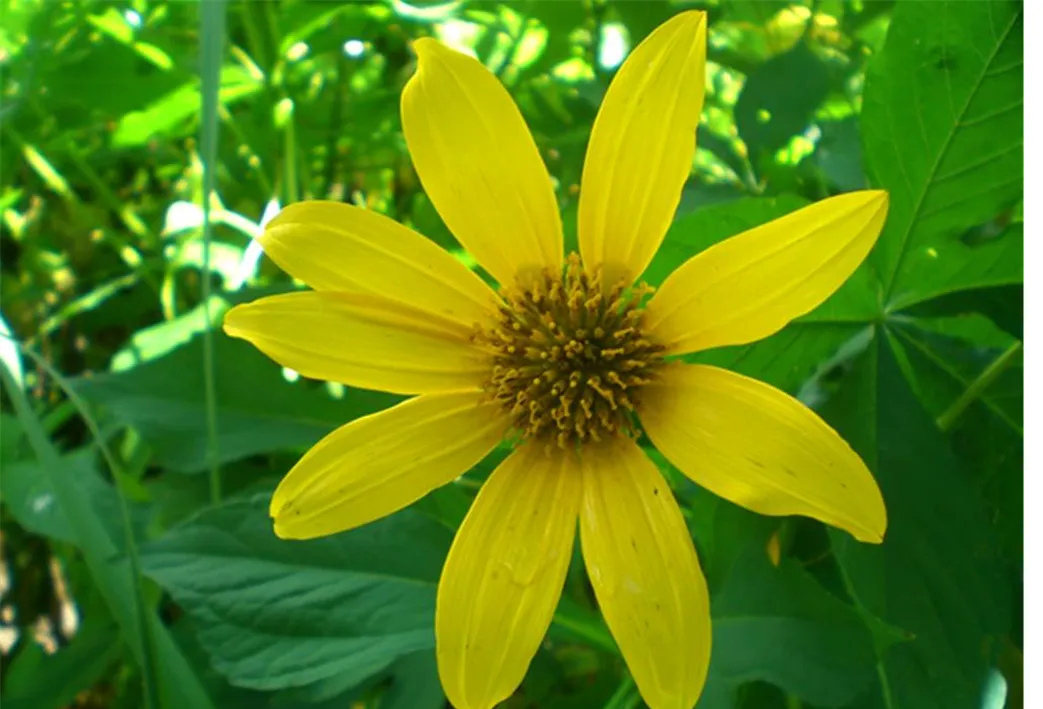Greetings friends of steemit.
Today I want to tell you about Arnica and its properties.
Arnica is one of the most widely used natural remedies for the treatment of common disorders related to the cutaneous system and the osteoarticular system. Thanks to its anti-inflammatory, anti-rheumatic and anti-chemical properties, it is widely used for topical use, in the form of ointment, oil and tincture, as a very effective natural anti-inflammatory.
In homeopathic dilution, arnica is an excellent support for the treatment of neurological disorders, depression and to reduce labor pains.


The main properties of Arnica are: anti-inflammatory, antimicrobial, antineural, anti-traumatic, analgesic. It is usually recommended for external use in case of bruises, strains, bruises, edema, muscle and joint resentments and other manifestations resulting from surgical operations or traumatic events. It is also indicated in case of insect bites, pimples and slight inflammations of the skin.
In the market you can easily find arnica ointment in gel or arnica (with different concentrations of active ingredient) that will be applied as needed in painful areas. Arnica oil is very effective, as it can be found alone or in combination with other substances and is useful for anti-inflammatory and soothing massages in the muscles and joints.
Finally there is the mother tincture of arnica, an alcoholic solution based on this plant ideal for making compresses in painful areas. The important thing is to always remember to dilute it first with plenty of water, in fact it is a very powerful product that should never be used pure.
It is also possible to buy dried flowers and prepare a decoction of arnica at home, to use in case of minor traumas or curative tincture, obtained by letting it soak in a glass containing 100 ml of alcohol and 10 grams of dried flowers of arnica, for 5 days. Days. Once filtered, you can take a few drops of tincture, dilute them in 4 parts of water and apply on painful areas.
Arnica should NOT be used on open wounds as it can be dangerous.
References:
Reference 1
Reference 2
Reference 3
